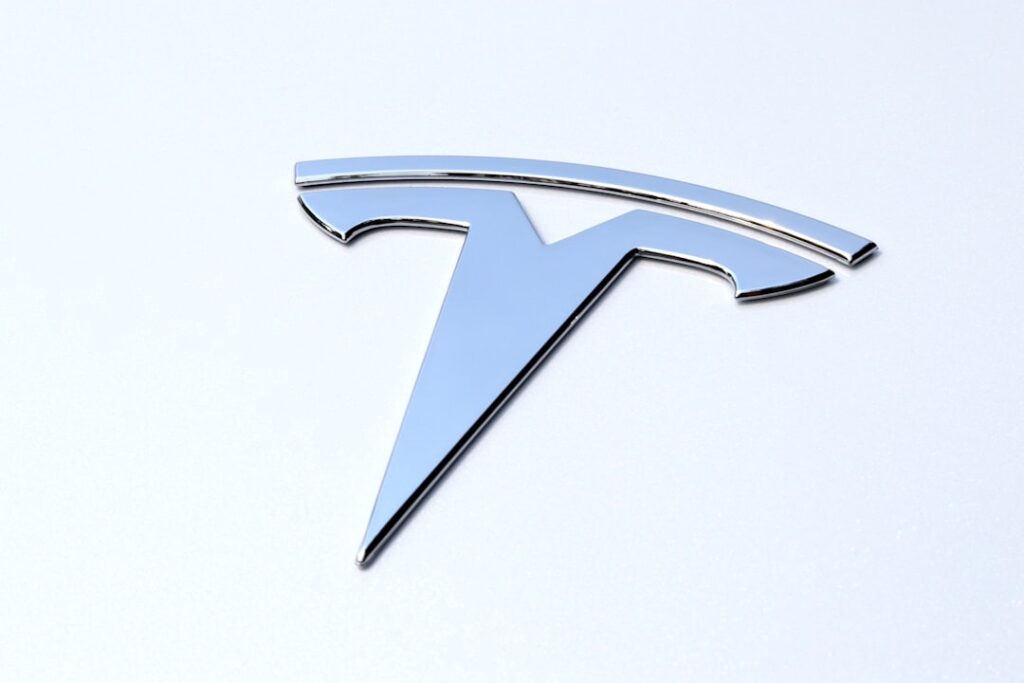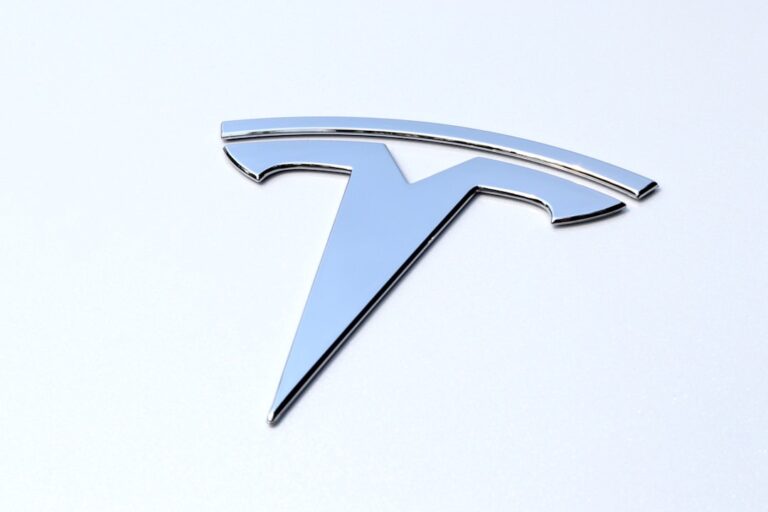
**Title: Tesla’s AI Training Infrastructure: Pioneering the Future of Artificial Intelligence** **Date: October 10, 2023** —
Key Takeaways
- Tesla’s AI training infrastructure is a crucial component in developing advanced autonomous driving technology.
- Data centers play a vital role in Tesla’s AI training by processing and storing massive amounts of data for training neural networks.
- Tesla’s supercomputing power significantly accelerates AI training, allowing for faster iteration and improvement of autonomous driving algorithms.
- The advantages of Tesla’s infrastructure for AI training include high performance, scalability, and energy efficiency.
- The future of AI training with Tesla’s infrastructure holds promise for revolutionizing autonomous driving technology and advancing AI capabilities.
Tesla has long been recognized as a leader in electric vehicles, but its ambitions extend far beyond the automotive industry. At the heart of its innovative approach lies a robust artificial intelligence (AI) training infrastructure that is poised to redefine how AI systems are developed and deployed. This infrastructure is not merely a collection of servers and data centers; it represents a comprehensive ecosystem designed to harness vast amounts of data, optimize machine learning algorithms, and ultimately enhance the capabilities of Tesla’s autonomous driving technology.
The company’s commitment to AI is evident in its strategic investments in supercomputing resources and data management systems. By leveraging its unique position as both a car manufacturer and a technology company, Tesla is able to collect and analyze data from millions of vehicles on the road. This data serves as the foundation for training sophisticated AI models that can interpret complex driving scenarios, making Tesla’s vehicles safer and more efficient.
As the demand for AI-driven solutions continues to grow, Tesla’s infrastructure stands out as a critical player in the evolution of this technology.
The Role of Data Centers in AI Training
Data Centers: The Backbone of AI Training
Tesla has invested heavily in building state-of-the-art data centers that are specifically designed to support its AI initiatives.
Optimized Architecture for Efficiency and Scalability
The architecture of Tesla’s data centers is optimized for efficiency and scalability. By utilizing cutting-edge hardware, including powerful GPUs and specialized AI chips, Tesla can handle the enormous computational demands of training complex neural networks. Furthermore, these data centers are strategically located to minimize latency and maximize data throughput, ensuring that the AI models are trained on the most relevant and up-to-date information available.
Accelerating AI Training and Enhancing Performance
This infrastructure not only accelerates the training process but also enhances the overall performance of Tesla’s AI systems.
The Impact of Tesla’s Supercomputing Power on AI Training

Tesla’s supercomputing capabilities are a game-changer in the realm of AI training. The company has developed one of the most powerful supercomputers in the world, known as Dojo, which is specifically designed for training deep learning models. Dojo’s architecture allows for unprecedented levels of parallel processing, enabling Tesla to train its AI models on vast datasets at an accelerated pace.
The impact of this supercomputing power is profound. With Dojo, Tesla can iterate on its AI models more rapidly than ever before, leading to faster improvements in autonomous driving capabilities. This means that as new data is collected from Tesla vehicles, the AI can be retrained almost in real-time, allowing for continuous enhancements in safety features and driving performance.
The ability to process and analyze data at such scale not only positions Tesla ahead of its competitors but also sets a new standard for what is possible in AI training.
Advantages of Tesla’s Infrastructure for AI Training
| Advantages of Tesla’s Infrastructure for AI Training |
|---|
| 1. High-performance computing capabilities |
| 2. Scalability for large-scale AI training |
| 3. Efficient data processing and storage |
| 4. Integration with Tesla’s vehicle fleet for real-world data collection |
| 5. Ability to leverage Tesla’s expertise in autonomous driving technology |
Tesla’s AI training infrastructure offers several distinct advantages that contribute to its leadership in the field.
Unlike many other companies that rely on synthetic data or limited datasets, Tesla has access to a continuous stream of driving data from millions of users worldwide.
This wealth of information allows for more accurate and robust model training, as the AI can learn from diverse driving conditions and scenarios. Additionally, Tesla’s commitment to vertical integration enhances its AI training capabilities. By controlling both the hardware and software aspects of its infrastructure, Tesla can optimize every component for maximum efficiency.
This level of integration allows for seamless updates and improvements to both the AI algorithms and the underlying systems that support them. As a result, Tesla can respond quickly to emerging challenges and opportunities in the AI landscape, ensuring that its technology remains at the forefront of innovation.
The Future of AI Training with Tesla’s Infrastructure
Looking ahead, Tesla’s AI training infrastructure is poised to play a crucial role in shaping the future of artificial intelligence. As the demand for autonomous vehicles and smart technologies continues to rise, the need for advanced AI systems will only grow. Tesla’s ability to leverage its extensive data collection capabilities and supercomputing resources positions it well to meet this demand.
Moreover, as Tesla continues to refine its AI models, we can expect to see significant advancements in areas such as natural language processing, computer vision, and decision-making algorithms. These improvements will not only enhance the performance of Tesla’s vehicles but also have broader implications for various industries that rely on AI technology. The potential applications are vast, ranging from improved traffic management systems to smarter urban planning initiatives.
Challenges and Limitations of Tesla’s AI Training Infrastructure

Despite its many advantages, Tesla’s AI training infrastructure is not without challenges and limitations. One significant hurdle is the ethical considerations surrounding data privacy and security. As Tesla collects vast amounts of data from its users, it must navigate complex regulations and public concerns regarding how this data is used and protected.
Ensuring transparency and maintaining user trust will be critical as the company continues to expand its AI initiatives. Additionally, while Tesla’s supercomputing capabilities are impressive, they also come with substantial costs. The investment required to maintain and upgrade such advanced infrastructure can be significant, potentially impacting profitability in the short term.
Furthermore, as competition in the AI space intensifies, Tesla will need to continually innovate and adapt its infrastructure to stay ahead of rivals who may seek to replicate or surpass its capabilities.
Comparing Tesla’s Infrastructure with Other AI Training Systems
When comparing Tesla’s AI training infrastructure with those of other leading tech companies, several key differences emerge. For instance, while companies like Google and Microsoft have established their own cloud-based AI platforms, Tesla’s approach is uniquely tied to its automotive business model. This integration allows Tesla to leverage real-time data from its vehicles in ways that traditional tech companies cannot.
Moreover, while many competitors rely on third-party cloud services for their computing needs, Tesla has invested heavily in building its own supercomputing resources. This vertical integration not only provides greater control over performance but also enables faster iterations on AI models due to reduced latency in data processing. As a result, Tesla’s infrastructure stands out as a hybrid model that combines elements of both automotive engineering and cutting-edge technology.
The Potential of Tesla’s Infrastructure for Revolutionizing AI Training
In conclusion, Tesla’s AI training infrastructure represents a significant leap forward in the development of artificial intelligence technologies. By harnessing vast amounts of real-world data and leveraging powerful supercomputing resources, Tesla is well-positioned to lead the charge in creating safer and more efficient autonomous vehicles. The advantages offered by this infrastructure not only enhance Tesla’s competitive edge but also hold promise for broader applications across various industries.
As we look toward the future, it is clear that Tesla’s commitment to innovation will continue to drive advancements in AI training methodologies. While challenges remain, the potential for revolutionizing how we approach artificial intelligence is immense. With its unique blend of automotive expertise and technological prowess, Tesla is set to redefine what is possible in the realm of AI training for years to come.
— **Keywords:** Tesla AI Training Infrastructure, Data Centers in AI Training, Supercomputing Power, Advantages of Tesla Infrastructure, Future of AI Training, Challenges in AI Training Infrastructure, Comparing AI Training Systems
In a recent article discussing Tesla’s AI training infrastructure, it was mentioned that the company is making significant strides in this area to stay ahead of the competition. For further insights into Tesla’s ongoing developments and challenges, readers may be interested in checking out this article which delves into why Lucid Motors is currently lagging behind in the EV race. This comparison sheds light on the innovative strategies and advancements that Tesla is implementing to maintain its position as a leader in the electric vehicle industry.
Click for the latest Tesla products ready to ship right now!
FAQs
What is Tesla AI training infrastructure?
Tesla AI training infrastructure refers to the hardware and software systems used by Tesla to train its artificial intelligence (AI) models. This infrastructure is crucial for developing and improving the AI capabilities of Tesla’s vehicles, including its Autopilot and Full Self-Driving features.
What components are included in Tesla AI training infrastructure?
Tesla’s AI training infrastructure includes a combination of high-performance computing hardware, such as GPUs and TPUs, as well as specialized software for training and optimizing AI models. Additionally, Tesla utilizes large-scale data centers to support the computational requirements of AI training.
How does Tesla use AI training infrastructure in its vehicles?
Tesla uses AI training infrastructure to continuously improve the performance and capabilities of its vehicles’ AI systems. This includes training AI models to recognize and respond to various driving scenarios, as well as optimizing the efficiency and accuracy of autonomous driving features.
Why is Tesla AI training infrastructure important?
Tesla AI training infrastructure is important because it enables the company to stay at the forefront of autonomous driving technology. By continuously training and improving its AI models, Tesla can enhance the safety, reliability, and performance of its vehicles’ autonomous capabilities.
How does Tesla’s AI training infrastructure compare to other companies?
Tesla’s AI training infrastructure is considered to be one of the most advanced in the automotive industry. The company’s use of high-performance computing hardware and large-scale data centers allows it to train AI models at a scale and speed that is unmatched by many of its competitors.
